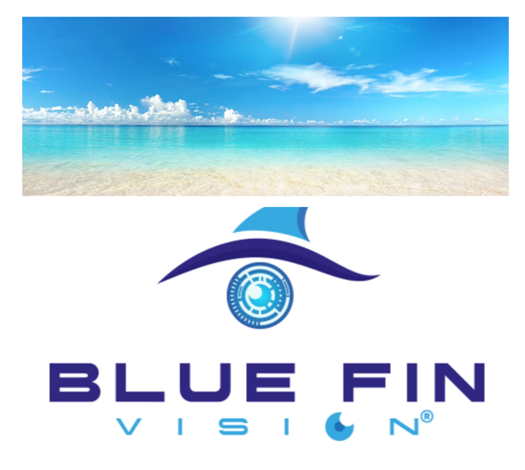Cataract Surgery: Repairing Apparent Vision with Precision and Safety
Cataract Surgery: Repairing Apparent Vision with Precision and Safety
Blog Article

Improvements in ophthalmology have changed the way we appropriate vision. From laser-based procedures to intraocular Lens answers, people nowadays have a wide range of alternatives designed to their personal visible needs. Among the absolute most distinguished procedures are ICL surgery.Each technique serves a specific purpose and is suitable for various age groups, Eye problems, and life style preferences.
Lens Replacement Surgery and Refractive Lens Exchange are strongly related methods used mainly for people around 40 who are experiencing presbyopia or aren't ideal candidates for laser vision correction. In this procedure, the natural Lens of a person's eye is changed by having an synthetic intraocular Lens (IOL) to improve target and reduce dependency on cups or contact lenses. It is especially necessary for people with high refractive problems or these buying long-term option that also eliminates the danger of future cataract development.
ICL Surgery requires the implantation of a soft, variable Lens behind the iris and in front of the organic lens. Unlike Lens Replacement, ICL doesn't eliminate the natural Lens, making it a reversible procedure. It is very ideal for young patients with thin corneas or people that have moderate to high quantities of nearsightedness that are not ideal individuals for LASIK or PRK. One of many key benefits of ICL may be the storage of corneal muscle, which may be essential for long-term ocular health.
Cataract Surgery is frequently done when the normal Lens becomes clouded, usually because of aging. During this method, the dark Lens is removed and replaced with a definite IOL. Scientific innovations have made cataract surgery safer, quicker, and more accurate, often enhancing both perspective quality and overall quality of life.
Laser Eye Surgery, including LASIK, remains one of typically the most popular techniques for fixing refractive problems such as for instance myopia, hyperopia, and astigmatism. LASIK involves reshaping the cornea employing a specific laser to allow light entering the attention to be precisely aimed onto the retina. The answers are typically immediate, and healing times are short. LASIK is great for individuals with secure prescriptions and ample corneal thickness.
Deciding on the best vision correction procedure is dependent upon many factors, including era, prescription, corneal wellness, lifestyle, and particular expectations. An extensive Eye examination conducted by way of a competent ophthalmologist is essential in deciding the most suitable treatment path.
In conclusion, contemporary vision correction procedures are safe, powerful, and very customizable. If you are seeking to eliminate your dependence on corrective lenses or address age-related improvements in perspective, today's sophisticated medical alternatives provide trusted and sustained results. With the best evaluation and advice, distinct perspective can be quite a reality for a wide selection of individuals. Report this page